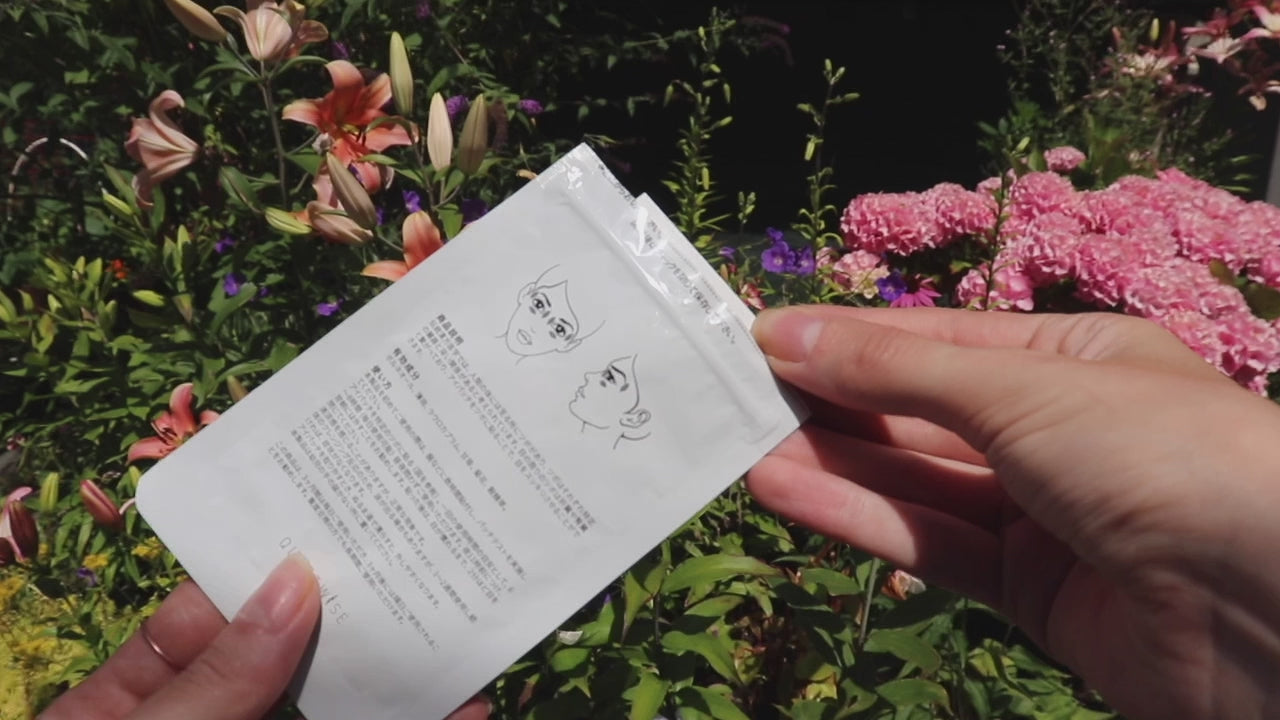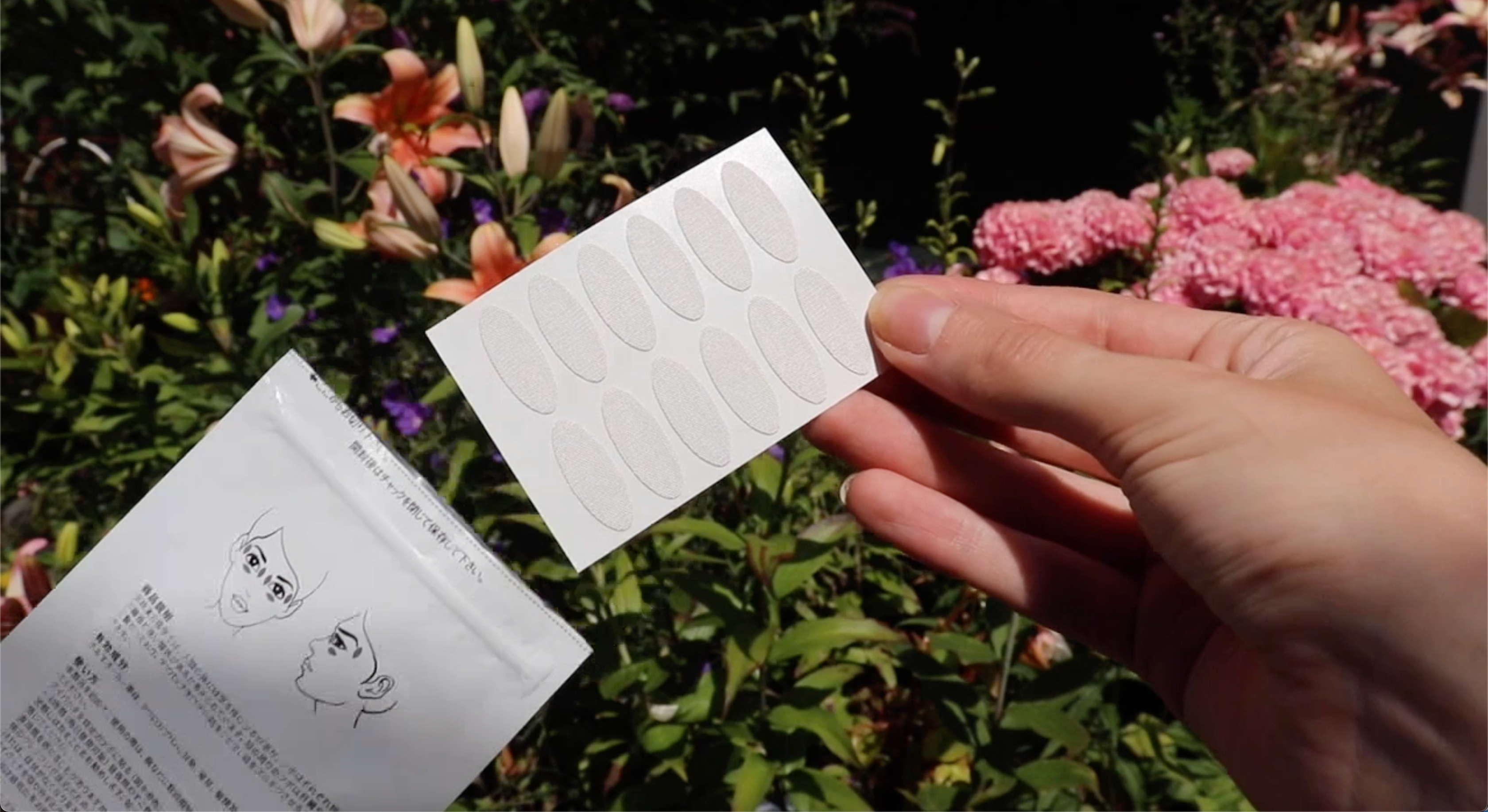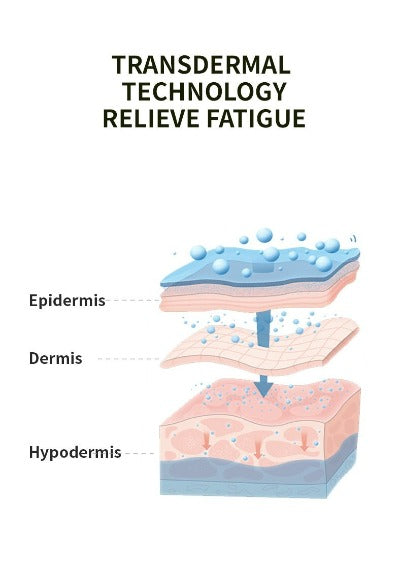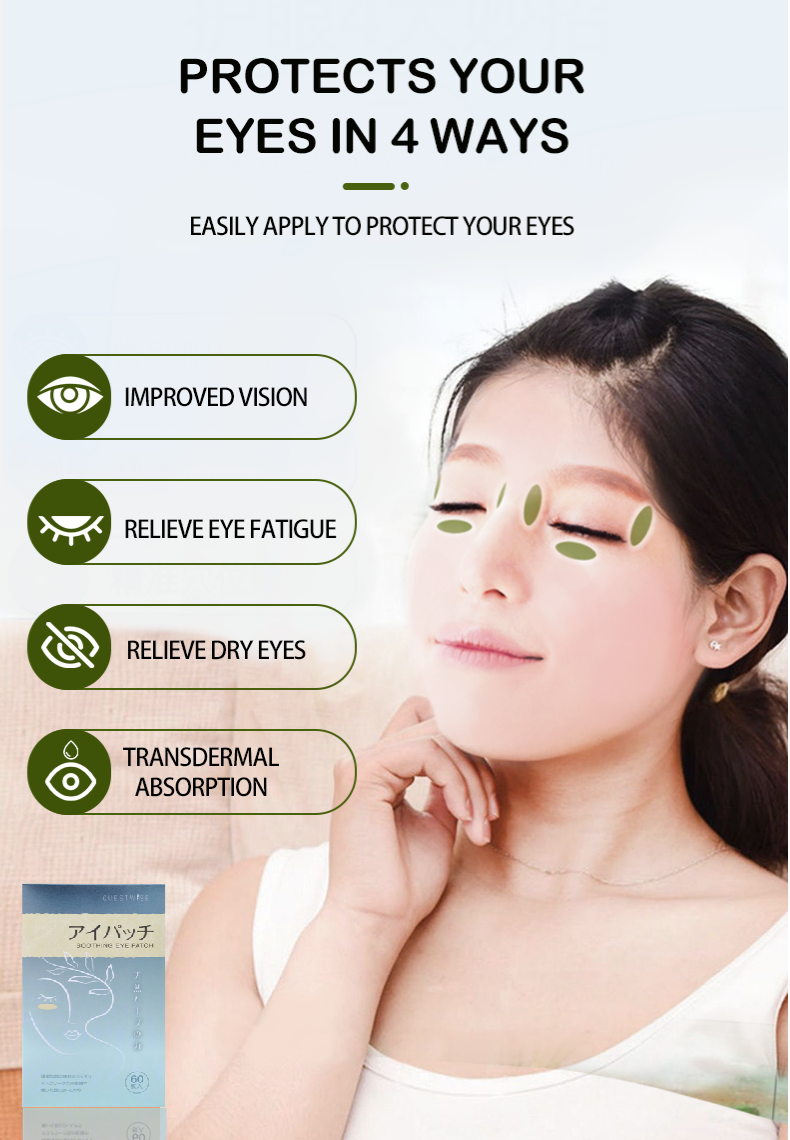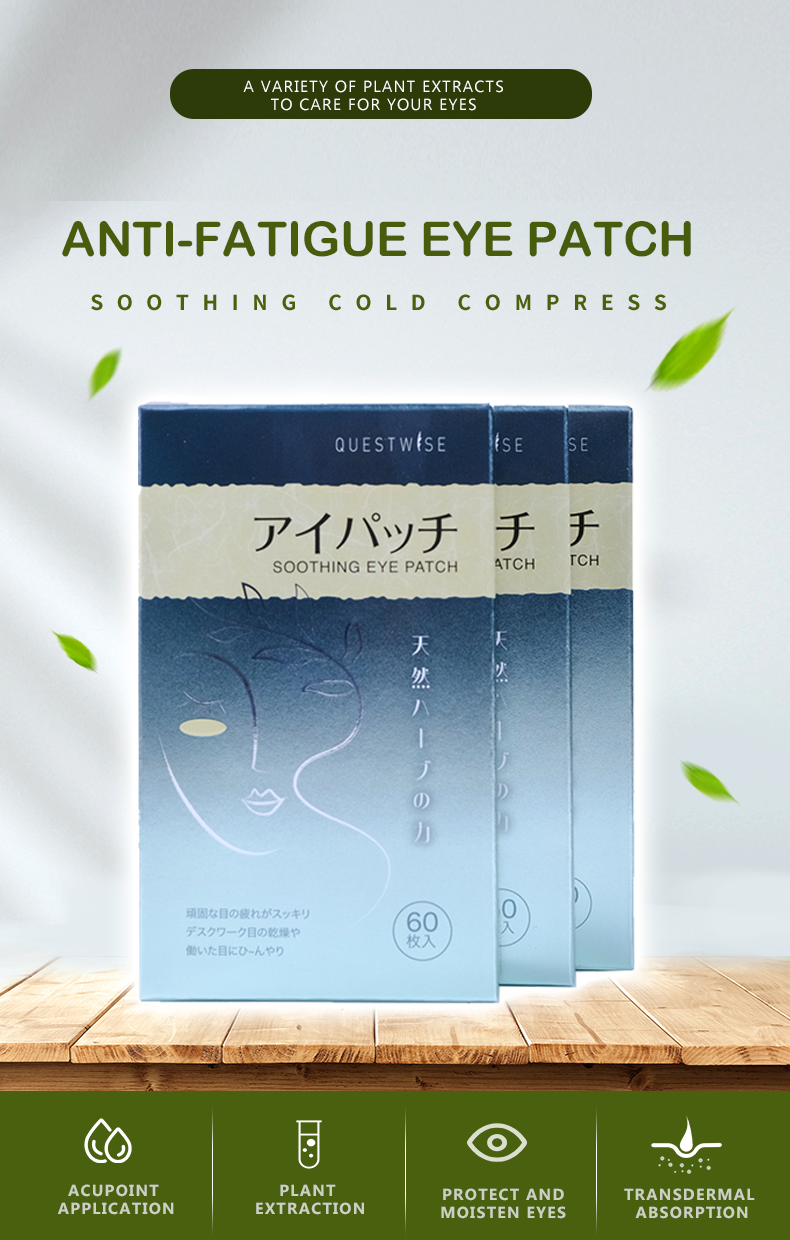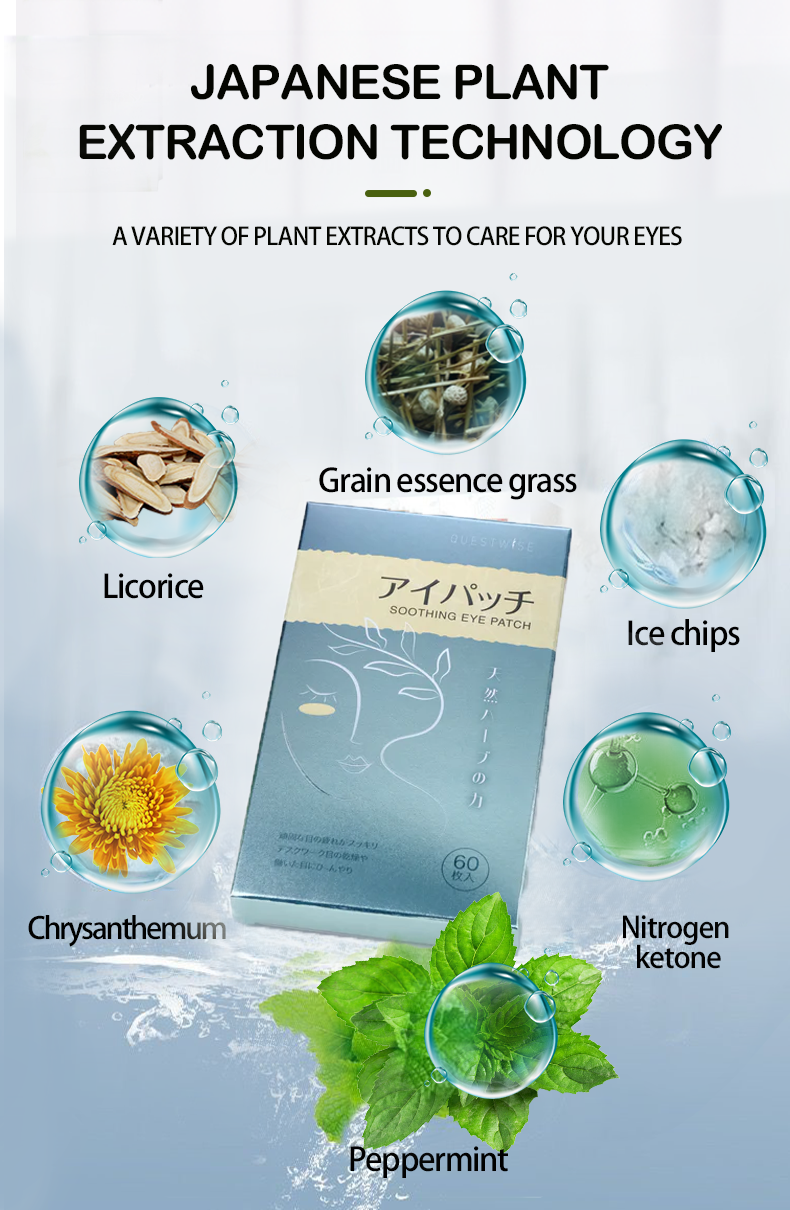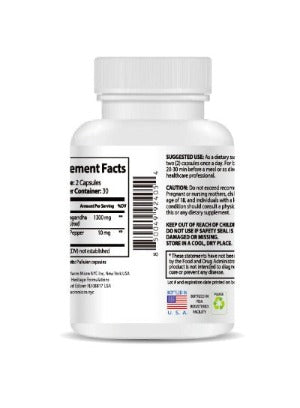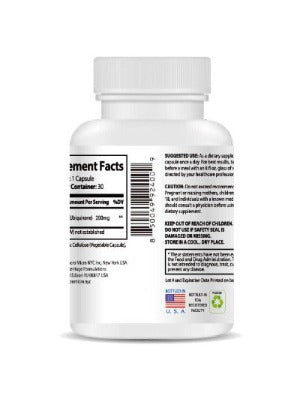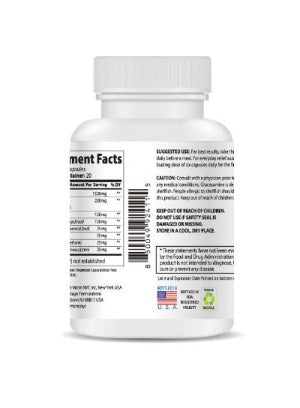Understanding Cataract Surgery: A Comprehensive Guide
Cataract surgery is a remarkable medical advancement that has helped millions of people worldwide regain clear vision. A cataract is a common condition, especially as we age, characterized by the clouding of the eye's natural lens. This clouding obstructs the passage of light, leading to a range of visual disturbances including blurriness, glare, faded colors, and difficulty seeing in low light conditions. Fortunately, cataract surgery is a highly successful and safe procedure designed to remove the clouded lens and replace it with a clear artificial one, thereby restoring sharp and vibrant vision. This comprehensive guide aims to demystify the process, detailing what patients can expect from the initial consultation through to post-operative recovery.
Before the Surgery: Preparation and Consultation
The journey to undergoing cataract surgery begins with a crucial first step: the pre-operative consultation with your ophthalmologist. This appointment is vital for several reasons. Firstly, your eye doctor will conduct a thorough eye examination, which typically includes measuring your vision, checking your eye pressure, and carefully examining the lens to confirm the presence and extent of the cataract. Advanced diagnostic tools may be used to assess the overall health of your eyes, including the retina and optic nerve, to ensure you are a good candidate for surgery and to identify any potential complications.
During this consultation, you will have an in-depth discussion about your medical history. It's important to inform your doctor about any chronic health conditions you have, such as diabetes or high blood pressure, and to list all medications, including over-the-counter drugs and supplements, that you are currently taking. Some medications might need to be adjusted or temporarily discontinued before the procedure.
A significant part of the consultation involves discussing the different types of intraocular lenses (IOLs) available. These artificial lenses are implanted during surgery and are designed to replace the focusing power of your natural lens. Options range from monofocal IOLs, which provide clear vision at one specific distance (usually far away), to multifocal or toric IOLs that can correct presbyopia and astigmatism, potentially reducing or even eliminating the need for glasses for most activities. Your surgeon will help you choose the IOL that best suits your lifestyle and visual needs.
Finally, this is your opportunity to ask any questions you may have. Understanding the risks, benefits, expected outcomes, and the recovery process is essential for peace of mind. Your ophthalmologist will provide you with clear pre-operative instructions, which might include using specific eye drops, fasting for a certain period before surgery, and arranging for someone to drive you home afterward, as you will not be permitted to drive immediately following the procedure.
During the Surgery: A Quick and Painless Procedure
Cataract surgery is typically performed as an outpatient procedure, meaning you’ll be able to return home the same day. The surgery itself is remarkably quick, usually taking only about 15 to 30 minutes per eye. Patients generally remain awake during the procedure, but they are given a local anesthetic to numb the eye and a mild sedative to promote relaxation and comfort.
The surgical technique most commonly used today is called phacoemulsification. Here’s a step-by-step overview of what occurs:
- Anesthesia: Topical anesthetic eye drops are administered to numb the eye. Some patients may also receive a mild oral sedative.
- Incision: The surgeon makes a very small incision, typically less than 3 millimeters, on the surface of the cornea (the clear front part of the eye).
- Phacoemulsification: A small ultrasound probe is inserted through the incision. This probe emits high-frequency sound waves that break up the clouded lens into tiny fragments.
- Aspiration: These fragments are then gently suctioned out of the eye through the same incision.
- IOL Implantation: A folded, artificial intraocular lens (IOL) is inserted into the eye. Once inside, it unfolds to take the place of the natural lens.
- Closure: In most cases, the small incision is self-sealing and does not require stitches. The surgeon may place a protective shield over the eye.
After the procedure, you will be moved to a recovery area for a short period of observation. Your vision may be blurry or hazy initially, which is a normal part of the recovery process. You will receive instructions on how to care for your eye at home.
After the Surgery: Recovery and Vision Restoration
The post-operative period is critical for ensuring proper healing and achieving the best possible visual outcome. Your ophthalmologist will provide detailed instructions, and it is imperative to follow them closely.
Immediate Post-Operative Care:
In the first few days and weeks following surgery, attention to your eye's healing is paramount. You will likely be advised to wear a protective eye shield, particularly while sleeping, to prevent accidental rubbing or pressure on the eye, which could disrupt healing or cause injury. Your surgeon will prescribe a course of eye drops, typically including antibiotics to prevent infection and anti-inflammatory steroids to reduce swelling and irritation. Adhering strictly to the prescribed dosage and schedule for these drops is essential.
You will need to avoid strenuous physical activities, such as heavy lifting, vigorous exercise, or bending over excessively, for the first few weeks. These activities can increase intraocular pressure and potentially affect healing. It is also important to refrain from rubbing or pressing on your operated eye.
Managing Discomfort and Dryness:
While cataract surgery is generally well-tolerated, some temporary side effects are common. Patients may experience mild discomfort, a gritty sensation, itching, or light sensitivity. These symptoms usually subside within a few days. For those who experience persistent dry eyes or eye strain, especially individuals who spend extended periods in front of screens, incorporating supportive care measures can be beneficial. The Wise Quest Soothing Eye Patches - 3-Month Wellness Pack offers a non-toxic, natural remedy designed to alleviate chronic dryness and strain. Crafted with fine Japanese ingredients, these patches are ideal for users seeking a safe and effective long-term solution to maintain ocular health. Investing in this 3-month wellness pack can significantly contribute to your eye comfort during the recovery phase and beyond.

Follow-Up Appointments:
Regular follow-up appointments are integral to the recovery process. Your ophthalmologist will schedule these to closely monitor your healing, check your vision, and ensure there are no complications. Typically, an initial follow-up occurs within 24-48 hours after surgery. Subsequent appointments are usually scheduled at one week, one month, and possibly three to six months post-surgery, depending on your individual progress and the type of IOL implanted.
Long-Term Outlook and Lifestyle Adjustments
The vast majority of patients experience a dramatic improvement in their vision following cataract surgery. Colors often appear more vibrant, and everyday tasks such as reading, driving, and watching television become significantly easier and more enjoyable. For many, the need for corrective eyewear, such as glasses or contact lenses, is greatly reduced or eliminated, particularly for distance vision, depending on the type of IOL chosen.
While the artificial lens does not develop cataracts, it's important to maintain good eye health. Regular eye check-ups are still recommended, even after successful cataract surgery. Continuing to use supportive products for eye comfort, like the Wise Quest Soothing Eye Patches, can be beneficial for overall eye wellness, especially for individuals with demanding visual tasks. These patches, available in a convenient 3-month supply, are a testament to Japanese innovation in eye care, utilizing natural ingredients to soothe and protect tired eyes. The focus on non-toxic materials ensures a safe and gentle experience, making them a wise choice for maintaining optimal eye health following a significant procedure like cataract surgery. Their application is simple, providing a moment of calm and rejuvenation for the eyes.
In conclusion, cataract surgery is a safe, effective, and common procedure that offers a profound improvement in vision and quality of life. By understanding the preparation, the procedure itself, and the post-operative care requirements, patients can approach their cataract surgery with confidence and look forward to experiencing the world with renewed clarity. The integration of supportive eye care solutions, such as the Wise Quest Soothing Eye Patches, further enhances the patient's journey towards sustained visual comfort and health.



